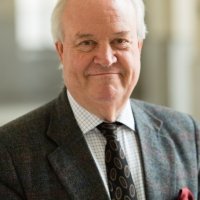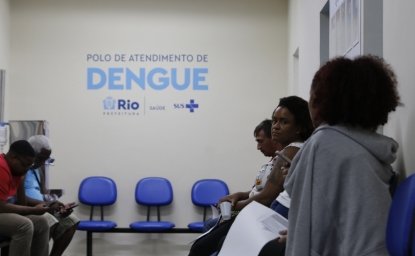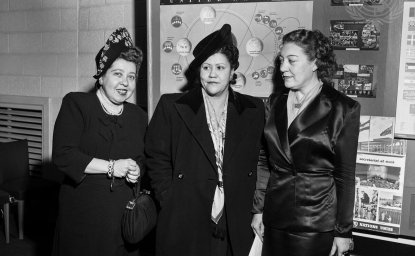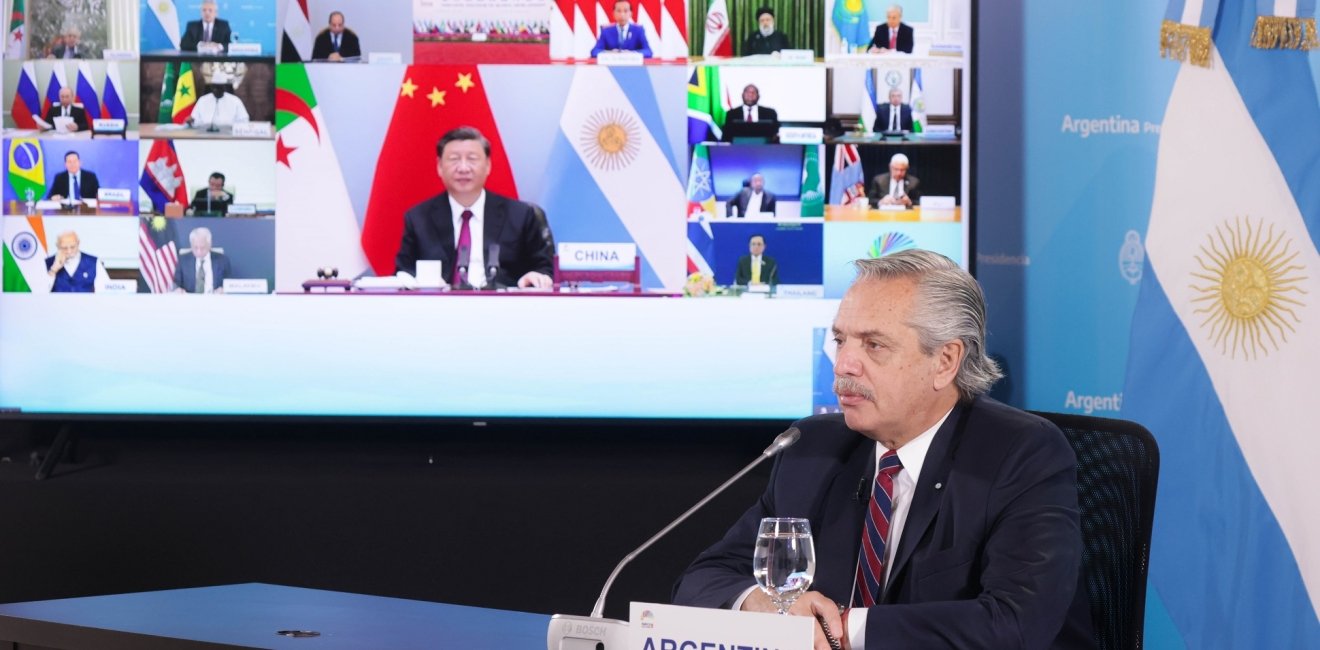
A blog of the Latin America Program
Argentina is in trouble, and the recent appointment of Sergio Massa as superministro in charge of running the economy was just the latest effort by President Alberto Fernández to put the house in order. That does not mean that Argentina is not in heavy international demand. In recent months, it participated as a guest in two of the top summits on the diplomatic calendar – the G7 in Schloss Elmau, Germany, and the virtual BRICS summit hosted by Beijing.
In fact, rumor has it that Argentina may be invited to join the BRICS, a bloc made up of Brazil, Russia, India, China and South Africa that has gathered since 2009 and come to symbolize the realignment of global economic and political power. Argentina would expand the BRICS’ footprint in the Western Hemisphere, adding South America’s second-largest economy to its ranks.
Rumor has it that Argentina may be invited to join the BRICS, a bloc made up of Brazil, Russia, India, China and South Africa.”
Given the lack of coverage of the BRICS in the Western media, it might be easy to dismiss the expansion of the BRICS with a shrug. Who cares whether Argentina joins another Third World talk shop? As long as Argentina struggles to pay its debts and inflation runs rampant, its troubles will never end, or so the thinking goes.
However, there is another way to look at Argentina’s potential BRICS membership. The natural and human riches of Argentina are such that, no matter how much it stumbles, there will always be foreign investors willing to bankroll it. Thus, with the return of great power competition as the main driver of international relations, the real question is which way Argentina will tilt as U.S.-China tensions increase and Buenos Aires is squeezed from both sides.
The real question is which way Argentina will tilt as U.S.-China tensions increase.”
This is where the BRICS come in, a fascinating story of the power of branding and the Western media’s blind spot for the currents of change buffeting the Southern Hemisphere. BRICS – an acronym improbably coined by the British banker Jim O’Neill at Goldman Sachs in 2001 – excavated the spirit of a decade bookended by 9/11 and the Great Recession. Indeed, perhaps the only redeeming feature of that era might be the rise of the emerging economies of the BRICS. (Initially, the BRICs excluded South Africa, which joined the club in 2010, capitalizing the “S.”)
As soon as these rising powers coalesced into a group, the sniping from Western commentators began. Critics argued that these highly diverse countries had no business getting together, and that democracies and autocracies should not be members of the same club. Especially irksome to Western analysts was the presence of Russia, seen as a declining power that did not fit the BRICS’ identity. “A mere talk shop” was the kindest description of the mostly ignored bloc.
But that started to change in 2015, when the BRICS created its own bank, the New Development Bank. The upstart lender, often referred to as the “BRICS bank,” is headquartered in Shanghai and has $50 billion in capital. It has made $15 billion in loans, mostly for infrastructure projects, and it is highly regarded by credit rating agencies. This capability, and the BRICS’ longevity, has made the group a key reference point across the Global South.
That combination of capital and prestige has clearly got Argentina’s attention. Argentina is already a member of the G-20. Were it to join the BRICS, it would get a leg up in the international hierarchy, and increased room for diplomatic maneuver.
That combination of capital and prestige has clearly got Argentina’s attention.”
Already, in its careful balancing of ties with both Washington (where the U.S. Treasury plays a key role in the International Monetary Fund’s approach to Argentina) and Beijing (where Fernández negotiated a multibillion dollar investment package during his visit in February), Argentina is applying the principles of “active non-alignment” in its foreign policy. As a member of the BRICS, it would take this one step further, joining forces with countries that are reshaping global affairs.
Author

Research Professor, Boston University; Co-editor, FIXING HAITI : MINUSTAH AND BEYOND.

Latin America Program
The Wilson Center’s prestigious Latin America Program provides non-partisan expertise to a broad community of decision makers in the United States and Latin America on critical policy issues facing the Hemisphere. The Program provides insightful and actionable research for policymakers, private sector leaders, journalists, and public intellectuals in the United States and Latin America. To bridge the gap between scholarship and policy action, it fosters new inquiry, sponsors high-level public and private meetings among multiple stakeholders, and explores policy options to improve outcomes for citizens throughout the Americas. Drawing on the Wilson Center’s strength as the nation’s key non-partisan policy forum, the Program serves as a trusted source of analysis and a vital point of contact between the worlds of scholarship and action. Read more


Argentina Project
The Argentina Project is the premier institution for policy-relevant research on politics and economics in Argentina. Read more

Explore More in Weekly Asado
Browse Weekly Asado
Dengue Haunts South America’s Summers

Lessons from Costa Rica’s Economic Transformation

Women and Latin America’s Digital Revolution

